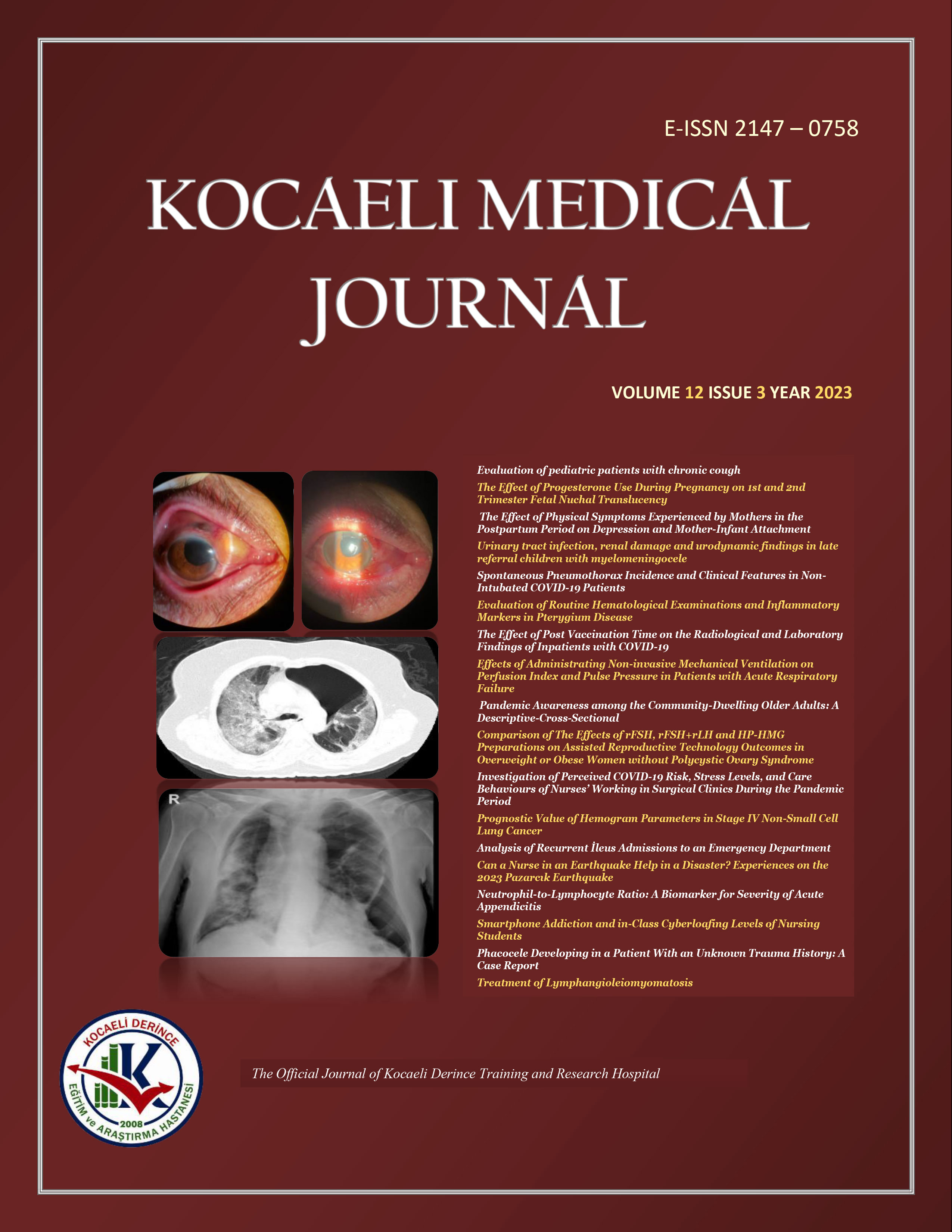
Comparison of Sedation Types During Monitored Anesthesia Care for Gastrointestinal Endoscopy
Ayşe Zeynep Turan1, Mehmet Yılmaz1, Aslı Duygu Aydaş1, Hande Gurbuz Aytuluk1, Tahsin Şimşek2, Kemal Tolga Saracoglu21Department Of Anesthesiology And Reanimation, Health And Science University, Derince, Kocaeli,Turkey2Department Of Anesthesiology And Reanimation, Health And Science University,Kartal, Istanbul,Turkey
INTRODUCTION: The number and complexity of the interventions are increasing at endoscopy units thus sedation requirements also increases. However complications may occur under sedation. The aim of the present study is to evaluate the correlation among complications, given anesthetic agents, patient related causes during interventions undersedation.
METHODS: A Total of 717 patients undergoing endoscopic interventions under sedation were inclueded the study. Demographic data, ASA Status, mallampati scores, administered anaesthetic agents, co-morbidities, peroperative vital parameters, and developed complications were retrospectively recorded
RESULTS: 10 (1.5%) patients developed hypoxia and 38 (5%) patients developed arrythmias. There was no statistically significant difference accross the groups in complication rates. When the complications of the patients were analyzed by the ASA groups, the incidence of hypoxia in the ASA 3 group was statistically significantly higher. The incidence of other side effects by the ASA groups was similar.
In the model to be created, it was seen that the variables "BMI (p=0.009) and Sedation (p=0.038)" could cause hypoxia complication to arise. In addition "Age (p = 0.000)" could cause heart rhythm problems to arise.
DISCUSSION AND CONCLUSION: Adequate monitoring conditions and an expert anesthesia team are required for safe sedation in gastrointestinal endoscopy unit. Moreover, BMI of patients and the type of sedation are independent risk factors for the development of hypoxia and the age of patient is an independent risk factor for the emergence of arrythmias.
Gastrointestinal endoskopik girişimlerde uygulanan sedasyon uygulamalarının retrospektif değerlendirilmesi
Ayşe Zeynep Turan1, Mehmet Yılmaz1, Aslı Duygu Aydaş1, Hande Gurbuz Aytuluk1, Tahsin Şimşek2, Kemal Tolga Saracoglu21Sağlık Bilimleri Üniversitesi, Derince Sağlık Uygulama Araştırma Merkezi, Anesteziyoloji Ve Reanimasyon Kliniği,Kocaeli2Sağlık Bilimleri Üniversitesi, Kartal Şehir Hastanesi, Anesteziyoloji Ve Reanimasyon Kliniği,i̇stanbul
GİRİŞ ve AMAÇ: Karmaşık gastrointestinal endoskopik girişimlerin ve anestezi altında işlem yapılması taleplerinin giderek artması sedasyon uygulamasını endoskopinin değişmez bir parçası kılmaktadır. Ameliyathane dışında uygulanan anestezinin standartları tümüyle anestezistin sorumluluğundadır. Ameliyathane dışı ortamlarda anestezi uygulamalarında standartın altında bakımın olduğu ve daha iyi bakım ile çok sayıda komplikasyonun önlenebileceği belirtilmektedir. Biz bu çalışmada hastanemiz endoskopi ünitesindeki anestezi uygulamalarını literatür eşliğinde değerlendirmeyi amaçladık.
YÖNTEM ve GEREÇLER: Yerel etik kurul onamı alındıktan sonra hastanemiz endoskopi ünitesinde Eylül 2017 ile Nisan 2018 tarihleri arasındaki sedasyon altında endoskopik girişim yapılan hastalara ait kayıtlar tarandı.
BULGULAR: Çalışmaya yaşları 18-95 yıl arasında (47.72±12.94 yıl) değişen 717 hasta alındı.
10 hastada(%1,5) hipoksi, 38 hastada (%5) aritmi geliştiği saptandı. Hastalar uygulanan sedatif ajanlara göre gruplandırıldığında komplikasyonlar açısından gruplar arasında farklılık saptanmadı.Hastalar ASA derecesine göre gruplandırıldığında ASA III grubunda hipoksi komplikasyonu yüksek gözlendi.
Yaş (p=0,044), BMİ (p=0,006) değişkenlerinin solunumsal komplikasyonların,Yaş (p=0,000) değişkeninin kardiyak komplikasyonların ortaya çıkmasına sebep olabileceği saptandı.
TARTIŞMA ve SONUÇ: Ameliyathane dışı anestezi yöntemlerinde kullanılan standart bir anestezik ajan veya anestezik ajan kombinasyonu bulunmamaktadır. Buna karşın en çok tercih edilen yöntemin midazolama ilave edilen ikinci bir anestezik ajan olduğu kanaatindeyiz. Ayrıca ameliyathane dışı anestezi uygulamalarında yaş ve BMI ile komplikasyonlar arasında ilişki olduğunu düşünüyoruz.
Corresponding Author: Ayşe Zeynep Turan, Türkiye
Manuscript Language: English












